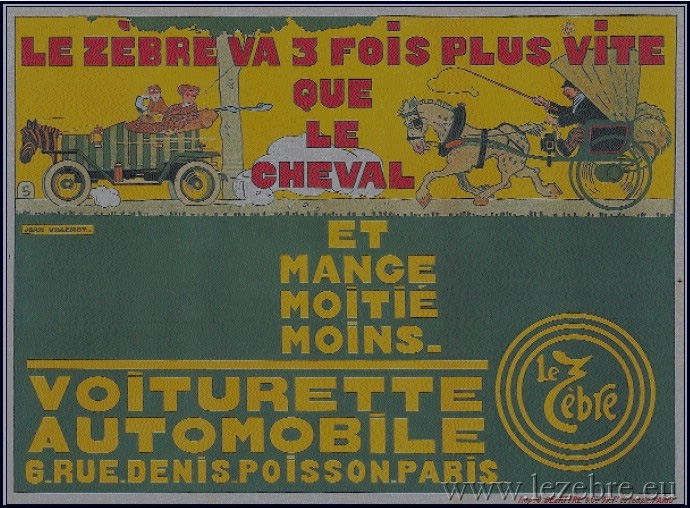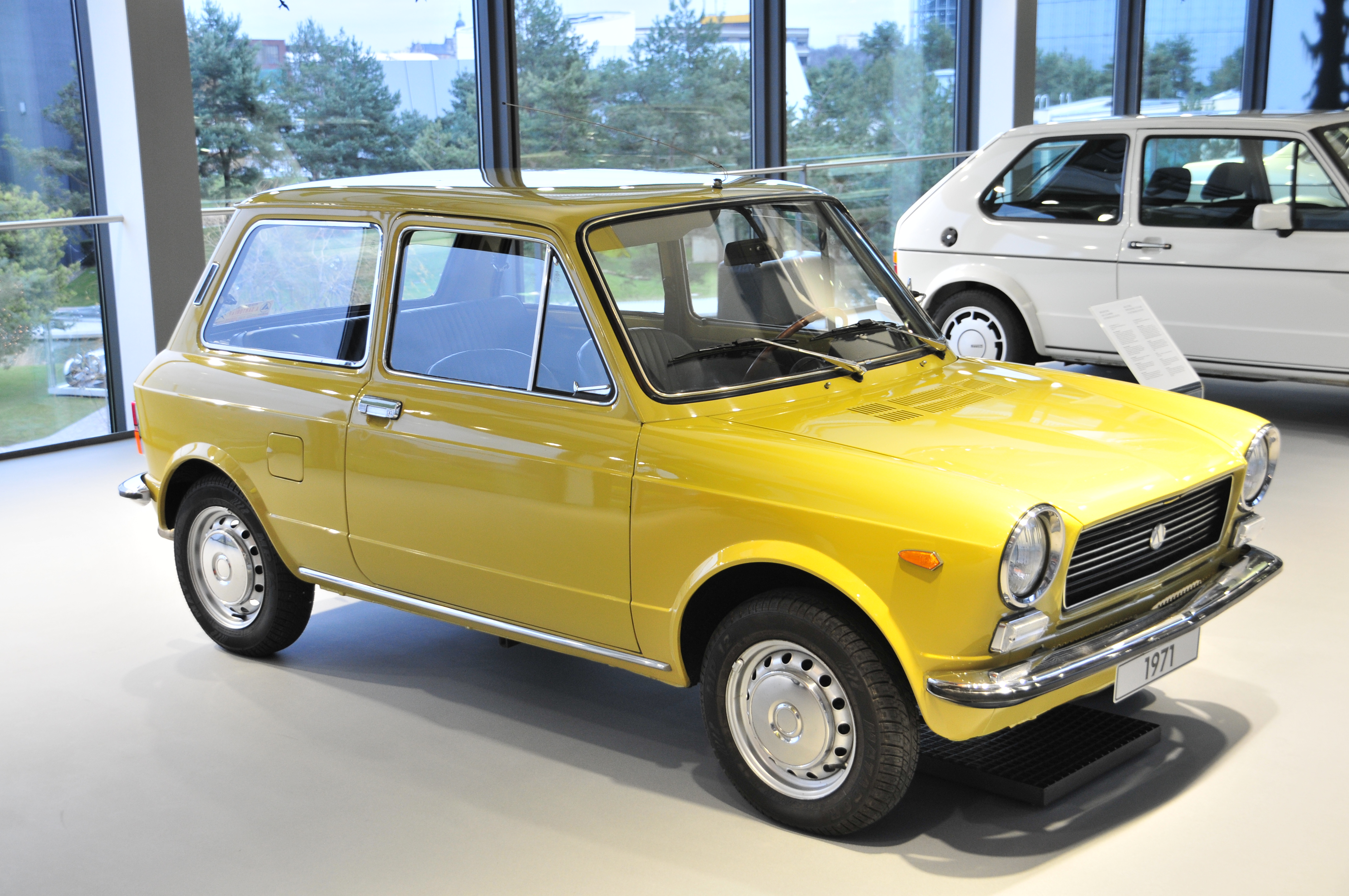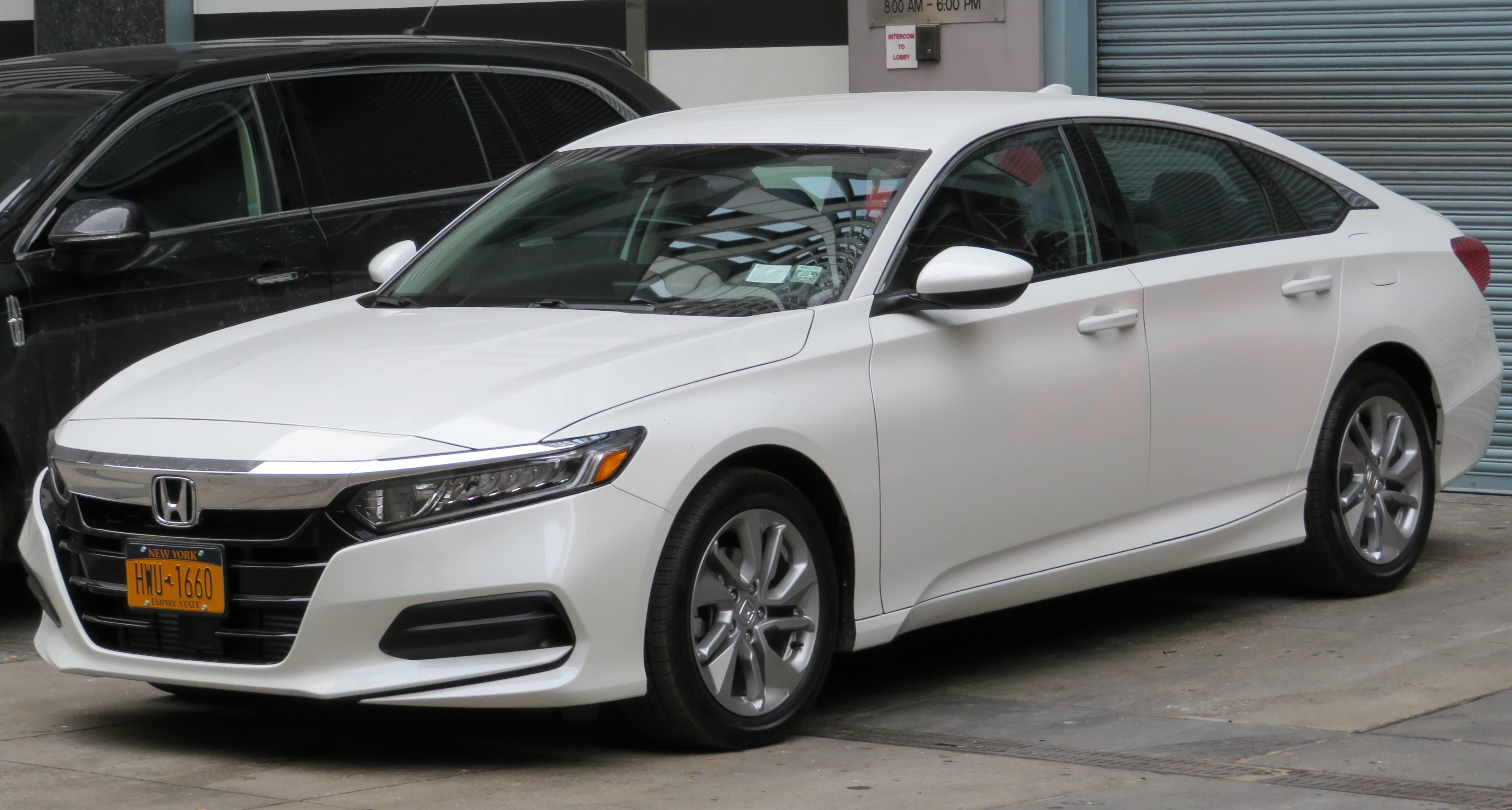|
Outline Of Automobiles
The following outline is provided as an overview of and topical guide to automobiles: Automobile (or car) – wheeled passenger vehicle that carries its own motor. Most definitions of the term specify that automobiles are designed to run primarily on roads, to have seating for one to six people, typically have four wheels, and be constructed principally for the transport of people rather than goods. As of 2002 there were 590 million passenger cars worldwide (roughly one car for every eleven people), of which 140 million were in the U.S. (roughly one car for every two people). Types of automobile The basic automobile is privately owned for transporting the owner and his or her passengers. See automobile. Other types of cars include: * Alternative fuel vehicle * Armored car * Battery vehicle (electric car) * Police car * Solar vehicle * Taxicab By car body style * By size ** City car ** Compact car ** Full-size car ** Kei car ** Large family car ** Microcar * ... [...More Info...] [...Related Items...] OR: [Wikipedia] [Google] [Baidu] |
Compact Car
Compact car is a vehicle size class — predominantly used in North America — that sits between subcompact cars and mid-size cars. "Small family car" is a British term and a part of the C-segment in the European car classification. However, prior to the downsizing of the United States car industry in the 1970s and 1980s, larger vehicles with wheelbases up to were considered "compact cars" in the United States. In Japan, small size passenger vehicle is a registration category that sits between kei cars and regular cars, based on overall size and engine displacement limits. United States Current definition The United States Environmental Protection Agency (EPA) ''Fuel Economy Regulations for 1977 and Later Model Year'' (dated July 1996) includes definitions for classes of automobiles. Based on the combined passenger and cargo volume, compact cars are defined as having an ''interior volume index'' of . 1930s to 1950s The beginnings of U.S. production of compact cars we ... [...More Info...] [...Related Items...] OR: [Wikipedia] [Google] [Baidu] |
T-top
A T-top (UK: T-bar) is an automobile roof with a removable panel on each side of a rigid bar running from the center of one structural bar between Pillar (car), pillars to the center of the next structural bar. The panels of a traditional T-top are usually made of auto grade safety glass. The removable panel roof was patented by Gordon Buehrig on June 5, 1951. It was first used in a 1948 prototype by The American Sportscar Company or “Tasco.” The Chevrolet Corvette C3, 1968 Chevrolet Corvette coupe was the first U.S.-built production automobile to feature a T-top roof. . This increased the popularity of the coupe, such that it outsold the convertible and ... [...More Info...] [...Related Items...] OR: [Wikipedia] [Google] [Baidu] |
Targa Top
Targa top, or targa for short, is a semi-convertible car body style with a removable roof section and a full width roll bar behind the seats. The term was first used on the 1966 Porsche 911 Targa, and it remains a registered trademark of Porsche AG. The rear window is normally fixed, but on some targa models, it is a removable plastic foldable window, making it a convertible-type vehicle. Any piece of normally fixed metal or trim which rises up from one side, over the roof and down the other side is sometimes called a targa band, targa bar, or a wrapover band. Targa tops are different from ''T-tops'', which have a solid, non-removable bar running between the top of the windscreen and the rear roll-bar, and generally have two separate roof panels above the seats that fit between the window and central t-bar. Origin The word targa first came into use from the 1965 Porsche 911 Targa, though it was not the first to use the removable roof panel system. The system first appeared i ... [...More Info...] [...Related Items...] OR: [Wikipedia] [Google] [Baidu] |
Roadster (automobile)
A roadster (also spider, spyder) is an open two-seat car with emphasis on sporting appearance or character. Initially an American term for a two-seat car with no weather protection, usage has spread internationally and has evolved to include two-seat convertibles. The roadster was also a style of racing car driven in United States Auto Club (USAC) Championship Racing, including the Indianapolis 500, in the 1950s and 1960s. This type of racing car was superseded by rear-mid-engine cars. Etymology The term "roadster" originates in the United States, where it was used in the 19th century to describe a horse suitable for travelling. By the end of the century, the definition had expanded to include bicycles and tricycles. In 1916, the United States Society of Automobile Engineers defined a roadster as: "an open car seating two or three. It may have additional seats on running boards or in rear deck." Since it has a single row of seats, the main seat for the driver and passenger w ... [...More Info...] [...Related Items...] OR: [Wikipedia] [Google] [Baidu] |
Cabrio Coach
A cabrio coach or semi-convertible is a type of car that has a retractable textile roof, similar to a convertible/cabriolet. The difference is that where a convertible often has the B-pillar, C-pillar and other bodywork removed, the cabrio coach retains all bodywork to the top of the door frames and just replaces the roof skin and rear window with a retractable fabric panel. An advantage of the cabrio coach, particularly for unibody designs is that retaining more of the car's original structure means that structural rigidity is higher (or the vehicle weight is lower) than traditional cabriolets. If a vehicle's roof includes metal panels as well as the soft-top, it may be considered to be a canvas top design or a fixed-roof vehicle with a sunroof, instead of being a cabrio-coach. These have the advantage that they may be more easily retrofitted to an existing car; it was a factory option (although listed as a separate model) for the Volkswagen Beetle up to 1963. History This ... [...More Info...] [...Related Items...] OR: [Wikipedia] [Google] [Baidu] |
Convertible
A convertible or cabriolet () is a passenger car that can be driven with or without a roof in place. The methods of retracting and storing the roof vary among eras and manufacturers. A convertible car's design allows an open-air driving experience, with the ability to provide a roof when required. A potential drawback of convertibles is their reduced structural rigidity (requiring significant engineering and modification to counteract the effects of removing a car's roof). The majority of convertible roofs are of a folding construction framework with the actual top made from cloth or other fabric. Other types of convertible roofs include retractable hardtops (often constructed from metal or plastic) and detachable hardtops (where a metal or plastic roof is manually removed and often stored in the trunk). Terminology Other terms for convertibles include cabriolet, cabrio, drop top, drophead coupé, open two-seater, open top, rag top, soft top, spider, and spyder. Consistenc ... [...More Info...] [...Related Items...] OR: [Wikipedia] [Google] [Baidu] |
Car Body Style
There are many types of car body styles. They vary depending on intended use, market position, location, and the era they were made in. Current styles ;Buggy (automobile), Buggy: Lightweight off-road vehicle with sparse bodywork. ;Convertible / cabriolet : : Has a retractable or removable roof. A convertible allows an open-air driving experience, with the ability to provide a roof when required. Most convertible roofs are either a folding textile soft-top or a retractable metal roof. Convertibles with a metal roof are sometimes called 'retractable hardtop', 'coupé convertible' or 'coupé cabriolet'. ;Coupé : Has a sloping rear roofline and generally two doors (although several four-door cars have also been marketed as coupés). Coupés are generally considered more sporty than their sedan counterparts. ;Flower car : In the US used in the funeral industry to carry flowers for burial services. Typically a coupe-style, forward-passenger compartment with an open well in th ... [...More Info...] [...Related Items...] OR: [Wikipedia] [Google] [Baidu] |
Voiturette
A voiturette is a miniature automobile. History ''Voiturette'' was first registered by Léon Bollée in 1895 to name his new motor tricycle. The term became so popular in the early years of the motor industry that it was used by many makers to describe their small cars. The word comes from the French word for "automobile", ''voiture''. Between World War I and World War II light-weight racing cars with engines limited to 1500 cc such as the Alfa Romeo 158/159 Alfetta, the Bugatti Type 13 and the original ERAs were known as voiturettes. In France, in the years after World War II a type of small three-wheeled vehicle voiturette was produced. In 1990s, voiturette became a French classification for a vehicle weighing less than 350 kilograms (770 lb) empty and carrying a load (i.e. passengers) of not more than 200 kilograms (~440 lb). The top speed is limited to 45 km/h (~30 mph) and engine size to 50 cc or 4 kilowatts for an engine of "another type" ... [...More Info...] [...Related Items...] OR: [Wikipedia] [Google] [Baidu] |
Supermini
The B-segment is the second smallest of the European segments for passenger cars between the A-segment and C-segment, and commonly described as "small cars". The B-segment is the largest segment in Europe by volume, accounting for 20 percent of total car sales in 2020 according to JATO Dynamics. Definition The European segments are not based on size or weight criteria. In practice, B-segment cars have been described as having a length of approximately from up to , and may vary depending on the body styles, markets, and era. In some cases, the same car may be differently positioned depending on the market. The Euro NCAP vehicle class called "Supermini" also includes smaller A-segment cars alongside B-segment cars. In Britain, the term "supermini" is more widely used for B-segment hatchbacks. The term was developed in the 1970s as an informal categorisation, and by 1977 was used regularly by the British newspaper ''The Times''. By the mid-1980s, it had widespread use in Brita ... [...More Info...] [...Related Items...] OR: [Wikipedia] [Google] [Baidu] |
Mid-size Car
Mid-size—also known as intermediate—is a vehicle size class which originated in the United States and is used for cars larger than compact cars and smaller than full-size cars. "Large family car" is a UK term and a part of the D-segment in the European car classification. Mid-size cars are manufactured in a variety of body styles, including sedans, coupes, station wagons, hatchbacks, and convertibles. Compact executive cars can also fall under the mid-size category. History The automobile that defined this size in the United States was the Rambler Six that was introduced in 1956, although it was called a "compact" car at that time. Much smaller than any standard contemporary full-size cars, it was called a compact to distinguish it from the small imported cars that were being introduced into the marketplace. By the early 1960s, the car was renamed the Rambler Classic and while it retained its basic dimensions, it was now competing with an array of new "intermediate" ... [...More Info...] [...Related Items...] OR: [Wikipedia] [Google] [Baidu] |
Microcar
Microcar is a term often used for the smallest size of cars, with three or four wheels and often an engine smaller than . Specific types of microcars include bubble cars, cycle cars, invacar, quadricycles and voiturettes. Microcars are often covered by separate regulations to normal cars, having relaxed requirements for registration and licensing. Predecessors Voiturette is a term used by some small cars and tricycles manufactured from 1895 to 1910. Cyclecars are a type of small, lightweight and inexpensive car manufactured mainly between 1910 and the late 1920s. Europe 1940-1970: Microcars The first cars to be described as microcars (earlier equivalents were called voiturettes or cyclecars) were built in the United Kingdom and Germany following World War II, and remained popular until the 1960s. They were originally called minicars, but later became known as microcars. France also produced large numbers of similar tiny vehicles called voiturettes, but they were rar ... [...More Info...] [...Related Items...] OR: [Wikipedia] [Google] [Baidu] |







